S90 Information:
August 19, 2009 Canon USA Press Powershot line press release: http://www.usa.canon.com/templatedata/pressrelease/20090819_powershot.html
August 19, 2009 Canon UK S90 press release: http://www.dpreview.com/news/0908/09081907canons90.asp#press
Canon USA S90 site: http://www.usa.canon.com/consumer/controller?act=ModelInfoAct&fcategoryid=223&modelid=19210
DP Review S90 brief hands on: http://www.dpreview.com/news/0908/09081906canons90handson.asp
Evaluation Context: Overlanding / Expedition use
Purpose of this evaluation: Provide initial impressions and testing results of the S90 compared to other Canon “point and shoot” compacts, pro-sumer and professional cameras. For full technical testing of the S90, please see DP Review or other sites.
Background:
I’ve been shooting digital since the late 90s. I moved from Sony to Canon when I returned to shooting with SLRs in 2003. We have owned more than a dozen Canon still cameras since then, and have overlanded with them in six continents.
I have owned and used a Canon SD / Digital Elph since the product line was introduced.
Purchase purpose:
Replace my SD870is, which still works fine, but I put two black spots on the display by burning it on a sunset in Chile in mid-2008.
Current inventory:
Me:
• Canon 1D MkIII
• Canon 1D MkII
• Canon G10
• Canon SD870is
Wife:
• Canon 40D
• Canon 30D
• Canon SD880is
Utilization criteria:
The S90’s purpose is to take the role of pocket/jacket camera. I typically store this camera in a belt pouch or in my motorcycle jacket front pocket.
In our world of travel and everyday use, the pocket camera is used for:
• Grab shots
• Records shots
• Snapshots
• “Please take a photo of us here” shots
• Stealth shooting where the big SLRs draw too much attention/risk
The most important role the pocket/jacket camera plays for us is that it is always there. The most important camera you own is the one you have with you. In that sense, our pocket cameras have always been the most important cameras on our travels.
Evaluation Criteria:
Overlanding / expedition use places different demands on a camera than stateside suburban utilization. Aspects of design, packaging and efficiency can be much more important in the bush than back in the ‘burbs. For instance, the ability to share common batteries and chargers between multiple cameras can mean a lot when picking new or additional cameras. Small details of ergonomics and use, such as control placement and consistency of menus become very important in high stress moments in remote areas. And of course, rock-solid reliability is critical, since the repair depot is thousands of miles away past multiple customs officers all eager to delay the shipment and tack on expensive duties.
Methodology:
The evaluation consists of handling the camera, stepping through the menus, shooting some test shots and comparing it with other Canon cameras for size, weight, ergonomics and performance.
Cameras in test:
• Canon 1D MkIII
• Canon 40D
• Canon G10
• Canon S90
• Canon SD880is
• Canon SD870is
Size comparison:
L to R: SD870is, S90, G10, 40D, 1D MkIII
System size comparison:
A camera is not just a camera. When you are traveling with a camera, you are also traveling with its family of chargers, batteries, memory cards, bags and accessories.
In this shot, the S90, G10, 40D and 1D MkIII with 580 EXII strobe are shown with their respective batteries and chargers. Note that the S90, G10 and 40D have integrated stobes. The 1D MkIII requires an external flash, along with its supply of batteries and/or external power supplies.
This shot adds samples of typical bags used for the respective camera systems. The S90 is shown with two varations: a slip case (used by my wife in her purse) and the belt pouch I typically use when we’re not traveling by motorcycle (the small Sandisk pouch is used to carry an additional battery and memory card).
Ergonomic and control differences SD870is vs. S90:
The S90 is nearly identical to the SD870is it replaces in size, shape and weight.
The primary differences are the lens control ring protruding from the front and the top control dial. There are also some differences in the rear controls, with the removal of the ISO position from the rear control dial the most significant for day-to-day use.
The lens control ring is a huge improvement in camera control in this form factor. Software configured, it can control six different functions. This additional control input is something this class of camera has sorely lacked until now.
Two major downsides to the new design are mostly related to the “Please take our photo here” scenario. The S90 has a very small power button and a small shutter release button. Just about everyone you hand this camera to will attempt to push the top of the control dial to release the shutter.
One significant improvement in ergonomics is the thumb rest located beneath the control dial on the back side. It provides a natural place to rest your thumb and greatly aids one handed operation.
S90 vs. G10 Comparison
The G10 has a smoother and easier to control power zoom. It is possible to set the framing on the G10 with more precision than with the S90.
The G10 is significantly larger, but does not weigh that much more than the S90.
The G10 is a (very) large pocket camera, more suited to a big belt pack than a pocket. The S90 is a true pocket camera.
The G10 has more direct dial controls than the S90. I find it easier to control the camera with direct button or dial controls than via a menu. The S90 makes significant inroads here with the lens control dial, a feature the G10 lacks.
The G10 includes an optical finder, while the S90 is limited to the rear display.
The G10 also features a hot shoe for external flash and a higher pixel count at 14.7. Published reports state that the G11, the current model replacement for the G10, uses the same imaging chip, and thus resolution, as the S90.
Of the two, the G10 is more suitable for a serious hobbyist or “pro-sumer” who requires an optical viewfinder and/or is interested in exploring the capabilities of external flash and prefers direct camera control via buttons, knobs and dials.
For the shooter who is looking for RAW format, manual focus, multiple operating modes and other pro-sumer capabilities in a smaller package, the S90 is the perfect choice.
Capabilities:
The S90 is packed with pro-sumer capabilities in a very small package. Based on years of overseas overlanding and expeditions, of greatest interest to me are RAW format files, manual focus capability, and P, Tv, Av and M modes. While we assume that high ISO performance will always get better with new cameras, we could not assume that manufacturers would ever push down fundamental capabilities from the higher end cameras to the pocket camera world.
The ability to post-edit the RAW file is critical to saving borderline images from tough shooting situations. Manual focus provides the opportunity to selectively compose an image in a very small camera. Multiple operational modes that match pro-sumer and pro bodies enables you to utilize consistent mental models and creative paths regardless of the camera you happen to have along that day.
If I could have had any two of these three capabilities in this camera size during our last two years overlanding I could have brought back significantly more successful images.
Conclusion:
Based on features and capabilities, the S90 is the camera I wish I could have taken with us for the last two years.
You can make your own judgments on the image quality tests which follow.
I will post additional thoughts after I’ve used the camera in the field.
Test Parameters:
Setting: Interior, multiple light sources (some daylight, two different color temperature fluorescent), static subject, static tripod.
Because it is essentially impossible to match framing with power zoom cameras, I chose to maintain a consistent camera to subject distance of 115 cm / 45.25”.
I tested the cameras under consistent lighting conditions and shot each with and without strobe.
All cameras were set to auto white balance and evaluative metering.
Auto focus was used on all cameras for all shots.
Camera self timer mode was used for shutter release for all shots on all cameras.
Because the higher end cameras can operate in Av mode, I shot two sets of images with the mid-range cameras (S90 & G10). The first set is in P mode to match the 870is’s P mode of operation. The second set is in Av mode at F5.6 to match the higher end cameras.
The 880is and 870is generated largest size, lowest compression JPG files. The S90, G10, 40D and 1D MkIII all generated RAW and largest size, lowest compression JPG files.
The full frame RAW and JPG files are unedited and unaltered in any way. The 800 pixel shots used in the text are sharpened for screen viewing.
All selection, editing, etc. was performed in Adobe Lightroom 2.5, Camera Raw 5.5. LR handled the S90 RAW files with no issues. File import was via Breeze Systems Downloader Pro V2.2.2.
The primary light sources were two different Ott-Lite sources, one with “HD” bulbs and the other using their “natural” bulb. You will notice the wide variation in color balance in these shots. Overall, the 1D MkIII shots are closest to the actual colors as my eyes perceive them.
The SD870is and SD880is only have P mode, so there was no way to preset the aperature. I matched the P mode in the S90 and the G10 so people who are looking to move up in capability from a pure “point and shoot” compact could see and compare that upgrade path.
The 5.6 shots were done in Av mode to match the 40D and the 1D so people looking to retain creative capability in a smaller camera could see that migration path.
Please Note:
All images are unprocessed, unedited and unaltered.
The full rez JPGs are factory default output from the cameras.
The RAW files are unaltered.
If you want to compage with an image from a camera you own, be sure to process the files accordingly, e.g., if you normally apply sharpening, alter black levels, etc.
Test Shots
Side by side comparison of 600 x 600 crops is here:
http://www.hackneys.com/photos/S90-eval/s90-600×600.htm
Camera: SD870is
Lens: 4.6-17.3mm
Mode: P
File: 2009-10-27-SD870 IS-0707
Dimensions: 3264 x 2448
Exposure: 1/60 sec @ F4.5
Focal Length: 10.833mm
ISO: 100
Flash: Did fire
Full rez shot is here:
http://www.hackneys.com/photos/S90-eval/2009-10-27-SD870%20IS-0707.JPG
Crop 600×600
Camera: SD870is
Lens: 4.6-17.3mm
Mode: P
File: 2009-10-27-SD870 IS-0710
Dimensions: 3264 x 2448
Exposure: ½ sec @ F4.5
Focal Length: 10.833mm
ISO: 100
Flash: Did not fire
Full rez shot is here:
http://www.hackneys.com/photos/S90-eval/2009-10-27-SD870%20IS-0710.JPG
Crop 600×600
Camera: SD880is
Lens: 5.0-20.0 mm
Mode: P
File: 2009-10-27-SD880 IS-9977
Dimensions: 3648 x 2736
Exposure: 1/60 sec @ F4.5
Focal Length: 12.524 mm
ISO: 100
Flash: Did fire
Full rez shot is here:
http://www.hackneys.com/photos/S90-eval/2009-10-27-SD880%20IS-9977.JPG
Crop 600×600
Camera: SD880is
Lens: 5.0-20.0 mm
Mode: P
File: 2009-10-27-SD880 IS-9974
Dimensions: 3648 x 2736
Exposure: 1/2 sec @ F4.5
Focal Length: 12.524 mm
ISO: 100
Flash: Did not fire
Full rez shot is here:
http://www.hackneys.com/photos/S90-eval/2009-10-27-SD880%20IS-9974.JPG
Crop 600×600
Camera: S90
Lens: 6.0-22.5 mm
Mode: P
File: 2009-10-27-S90-0032
Dimensions: 3648 x 2736
Exposure: 1/60 sec @ F3.5
Focal Length: 12.845 mm
ISO: 100
Flash: Did fire
Full rez shot is here:
http://www.hackneys.com/photos/S90-eval/2009-10-27-S90-0032.JPG
RAW is here:
http://www.hackneys.com/photos/S90-eval/2009-10-27-S90-0032.CR2
Crop 600×600
Camera: S90
Lens: 6.0-22.5 mm
Mode: P
File: 2009-10-27-S90-0034
Dimensions: 3648 x 2736
Exposure: 1/4 sec @ F3.5
Focal Length: 12.845 mm
ISO: 100
Flash: Did not fire
Full rez is here:
http://www.hackneys.com/photos/S90-eval/2009-10-27-S90-0034.JPG
RAW is here:
http://www.hackneys.com/photos/S90-eval/2009-10-27-S90-0034.CR2
Crop 600×600
Camera: S90
Lens: 6.0-22.5 mm
Mode: Av
File: 2009-10-27-S90-0037
Dimensions: 3648 x 2736
Exposure: 1/60 sec @ F5.6
Focal Length: 12.845 mm
ISO: 100
Flash: Did fire
Full rez is here:
http://www.hackneys.com/photos/S90-eval/2009-10-27-S90-0037.JPG
RAW is here:
http://www.hackneys.com/photos/S90-eval/2009-10-27-S90-0037.CR2
Crop 600×600
Camera: S90
Lens: 6.0-22.5 mm
Mode: Av
File: 2009-10-27-S90-0040
Dimensions: 3648 x 2736
Exposure: .8 sec @ F5.6
Focal Length: 12.845 mm
ISO: 100
Flash: Did not fire
Full rez is here:
http://www.hackneys.com/photos/S90-eval/2009-10-27-S90-0040.JPG
RAW is here:
http://www.hackneys.com/photos/S90-eval/2009-10-27-S90-0040.CR2
Crop 600×600
Camera: G10
Lens: 6.1-30.5 mm
Mode: P
File: 2009-10-27-G10-2218
Dimensions: 4416 x 3312
Exposure: 1/60 sec @ F3.5
Focal Length: 13.761 mm
ISO: 100
Flash: Did fire
Full Rez is here:
http://www.hackneys.com/photos/S90-eval/2009-10-27-G10-2218.JPG
RAW is here:
http://www.hackneys.com/photos/S90-eval/2009-10-27-G10-2218.CR2
Crop 600×600
Camera: G10
Lens: 6.1-30.5 mm
Mode: P
File: 2009-10-27-G10-2220
Dimensions: 4416 x 3312
Exposure: 1/3 sec @ F3.5
Focal Length: 13.761 mm
ISO: 100
Flash: Did not fire
Full rez is here:
http://www.hackneys.com/photos/S90-eval/2009-10-27-G10-2220.JPG
RAW is here:
http://www.hackneys.com/photos/S90-eval/2009-10-27-G10-2220.CR2
Crop 600×600
Camera: G10
Lens: 6.1-30.5 mm
Mode: Av
File: 2009-10-27-G10-2225
Dimensions: 4416 x 3312
Exposure: 1/60 sec @ F5.6
Focal Length: 13.761 mm
ISO: 100
Flash: Did fire
Full rez is here:
http://www.hackneys.com/photos/S90-eval/2009-10-27-G10-2225.JPG
RAW is here:
http://www.hackneys.com/photos/S90-eval/2009-10-27-G10-2225.CR2
Crop 600×600
Camera: G10
Lens: 6.1-30.5 mm
Mode: Av
File: 2009-10-27-G10-2228
Dimensions: 4416 x 3312
Exposure: .8 sec @ F5.6
Focal Length: 13.761 mm
ISO: 100
Flash: Did not fire
Full rez is here:
http://www.hackneys.com/photos/S90-eval/2009-10-27-G10-2228.JPG
RAW is here:
http://www.hackneys.com/photos/S90-eval/2009-10-27-G10-2228.CR2
Crop 600×600
Camera: 40D
Lens: EF24-70mm F2.8L USM
Mode: Av
File: 2009-10-27-40D-0821
Dimensions: 3888 x 2592
Exposure: 1/2 sec @ F5.6
Focal Length: 34 mm
ISO: 100
Flash: Did fire
Full rez is here:
http://www.hackneys.com/photos/S90-eval/2009-10-27-40D-0821.JPG
RAW is here:
http://www.hackneys.com/photos/S90-eval/2009-10-27-40D-0821.CR2
Crop 600×600
Camera: 40D
Lens: EF24-70mm F2.8L USM
Mode: Av
File: 2009-10-27-40D-0825
Dimensions: 3888 x 2592
Exposure: 1/2 sec @ F5.6
Focal Length: 34 mm
ISO: 100
Flash: Did not fire
Full rez is here:
http://www.hackneys.com/photos/S90-eval/2009-10-27-40D-0825.JPG
RAW is here:
http://www.hackneys.com/photos/S90-eval/2009-10-27-40D-0825.CR2
Crop 600×600
Camera: 1D MkIII
Lens: EF24-70mm F2.8L USM
Mode: Av
File: 2009-10-27-1DMk3-3925
Dimensions: 3888 x 2592
Exposure: 1/3 sec @ F5.6
Focal Length: 43 mm
ISO: 100
Flash: Did fire
Full rez is here:
http://www.hackneys.com/photos/S90-eval/2009-10-27-1DMk3-3925.JPG
RAW is here:
http://www.hackneys.com/photos/S90-eval/2009-10-27-1DMk3-3925.CR2
Crop 600×600
Camera: 1D MkIII
Lens: EF24-70mm F2.8L USM
Mode: Av
File: 2009-10-27-1DMk3-3928
Dimensions: 3888 x 2592
Exposure: .6 sec @ F5.6
Focal Length: 43 mm
ISO: 100
Flash: Did not fire
Full rez is here:
http://www.hackneys.com/photos/S90-eval/2009-10-27-1DMk3-3928.JPG
RAW is here:
http://www.hackneys.com/photos/S90-eval/2009-10-27-1DMk3-3928.CR2
Crop 600×600
.
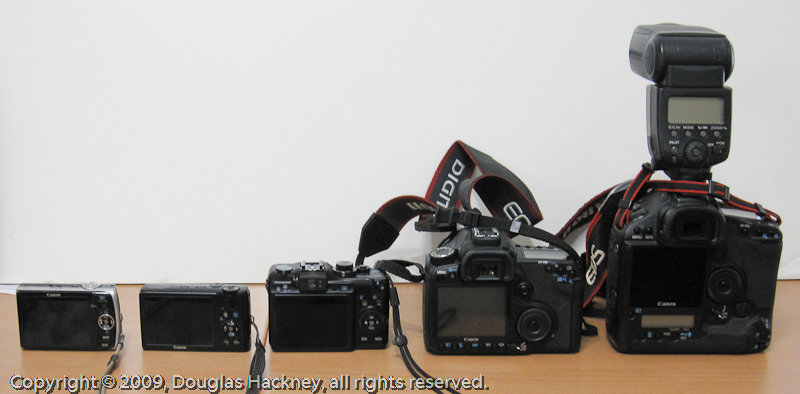


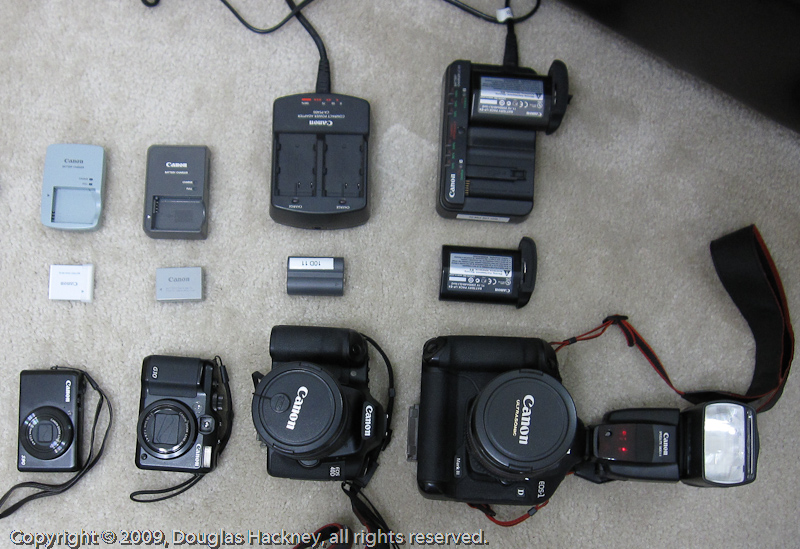
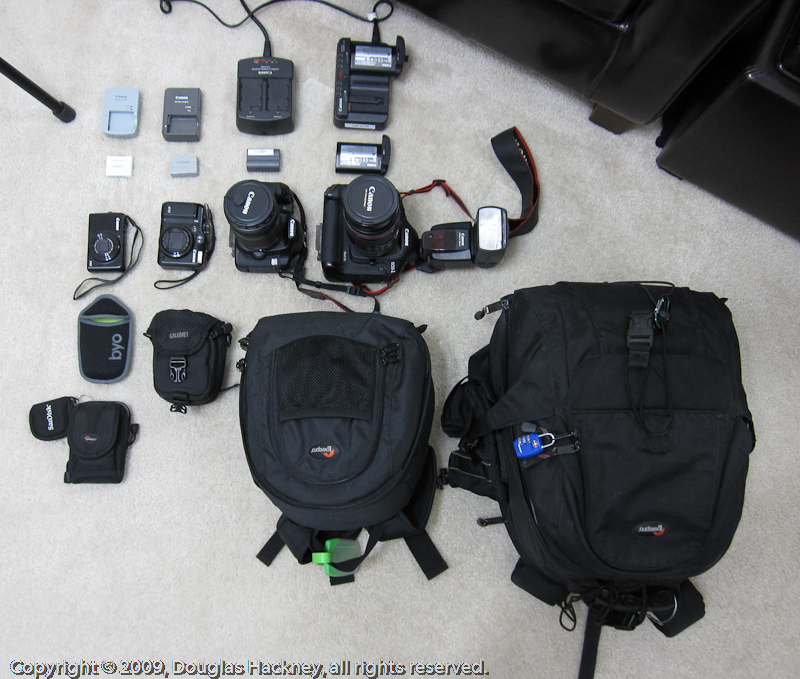
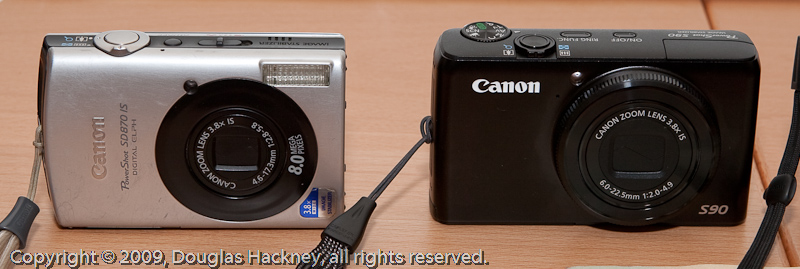

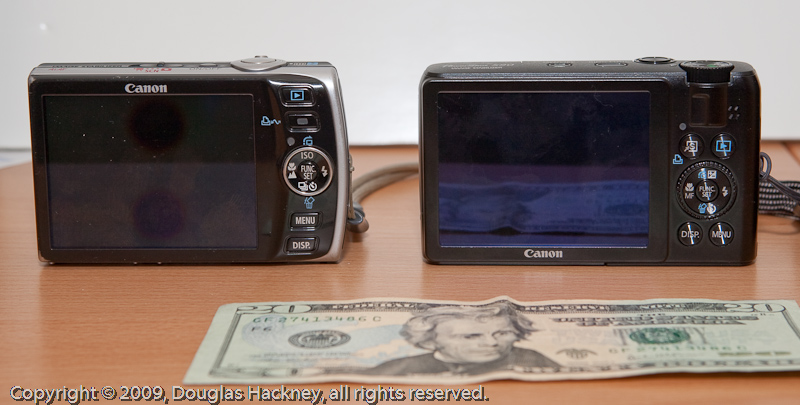
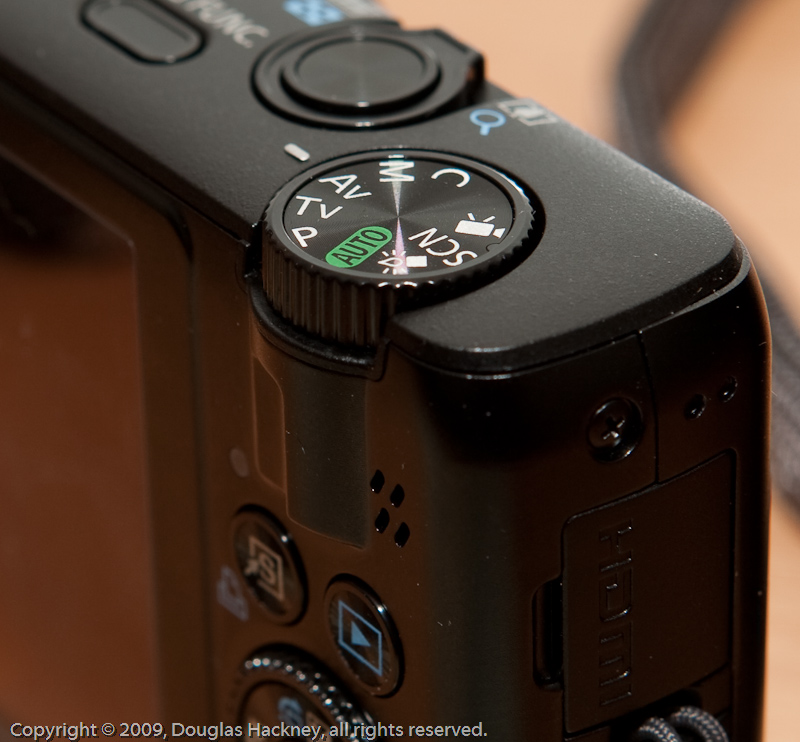
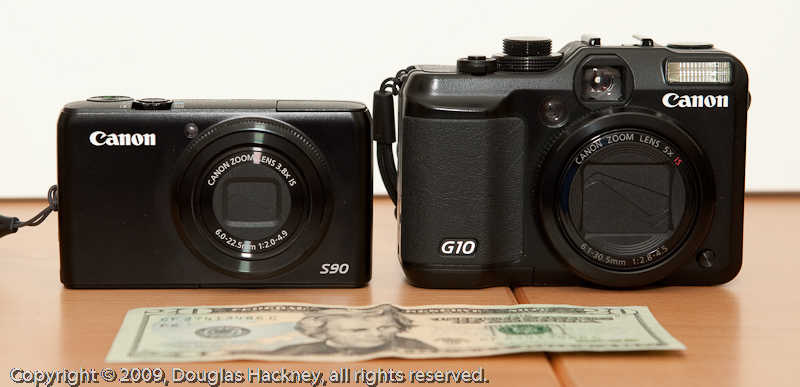
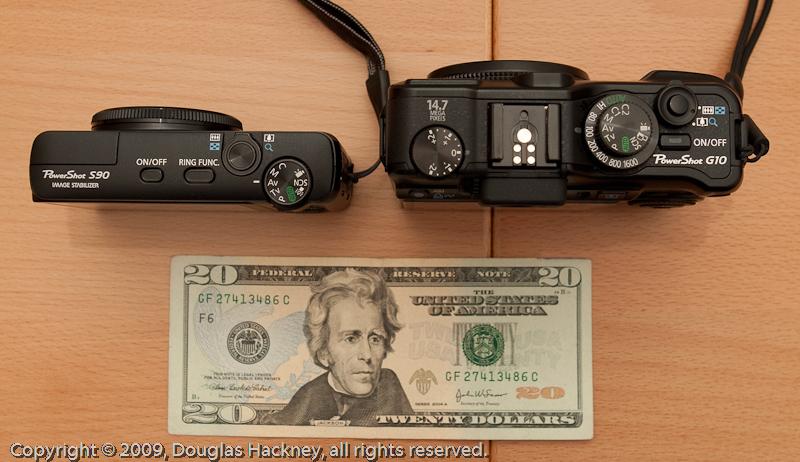
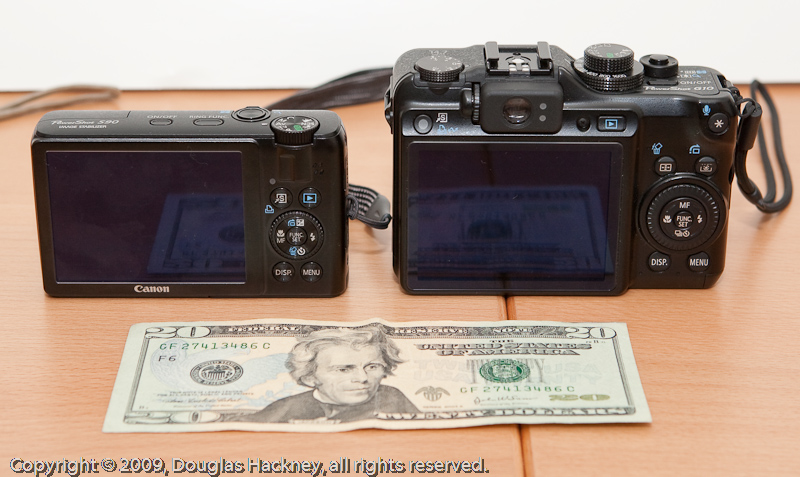
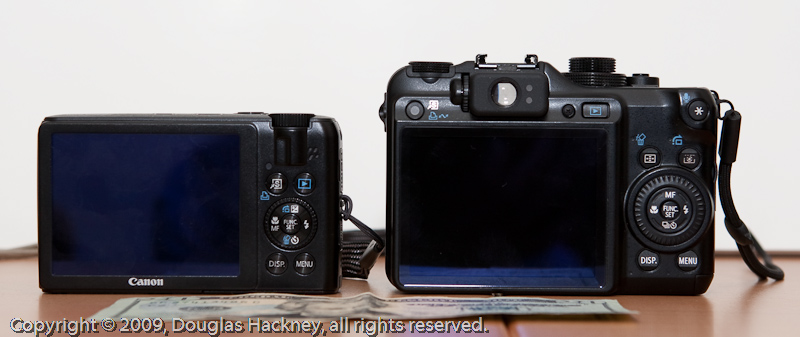
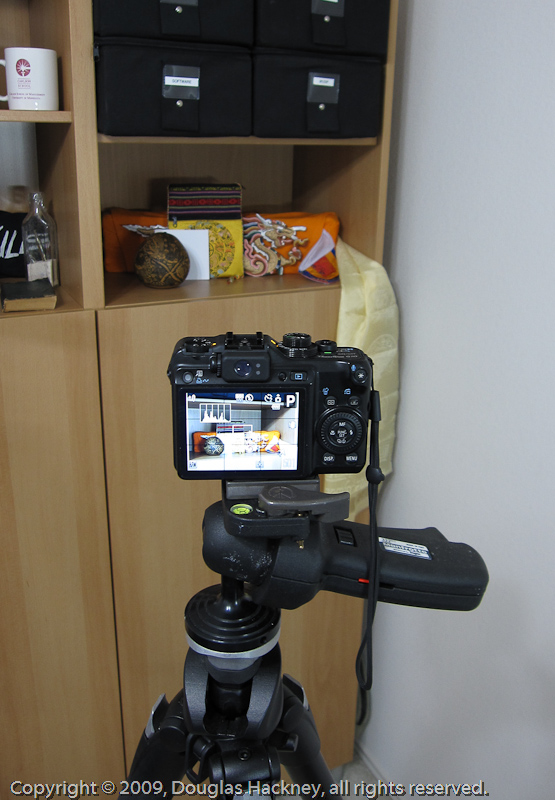
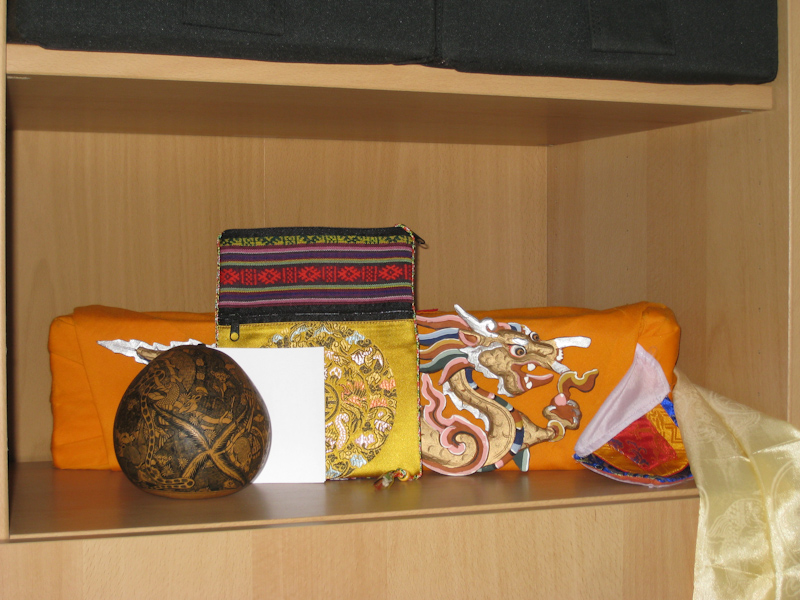
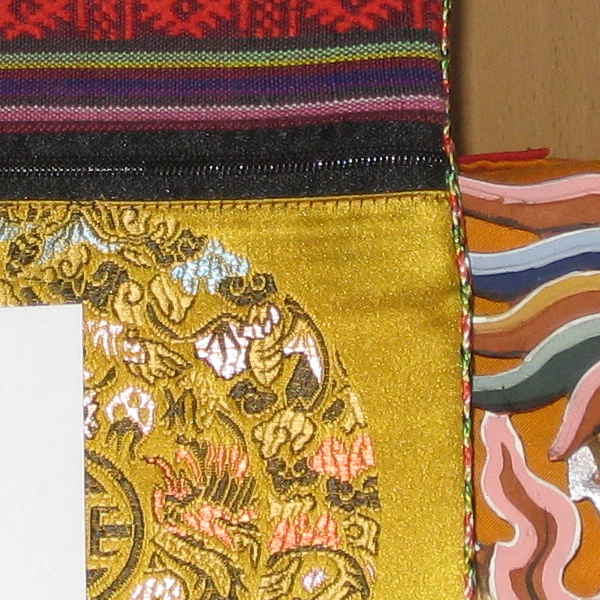
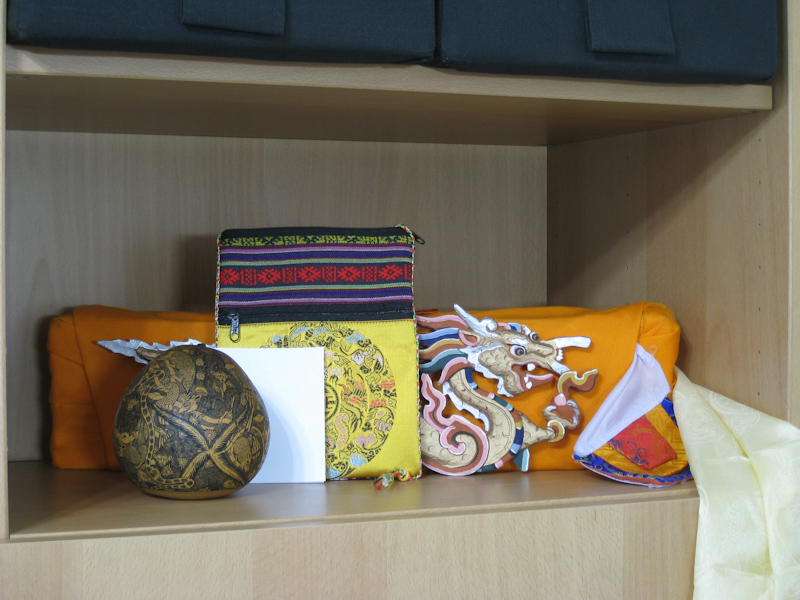
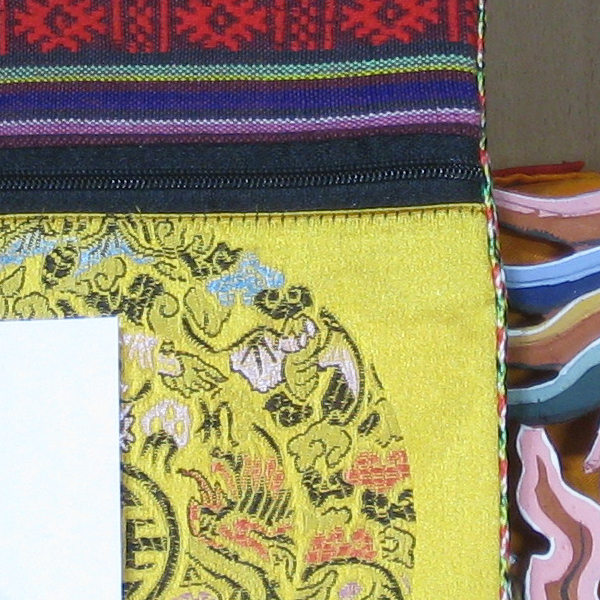
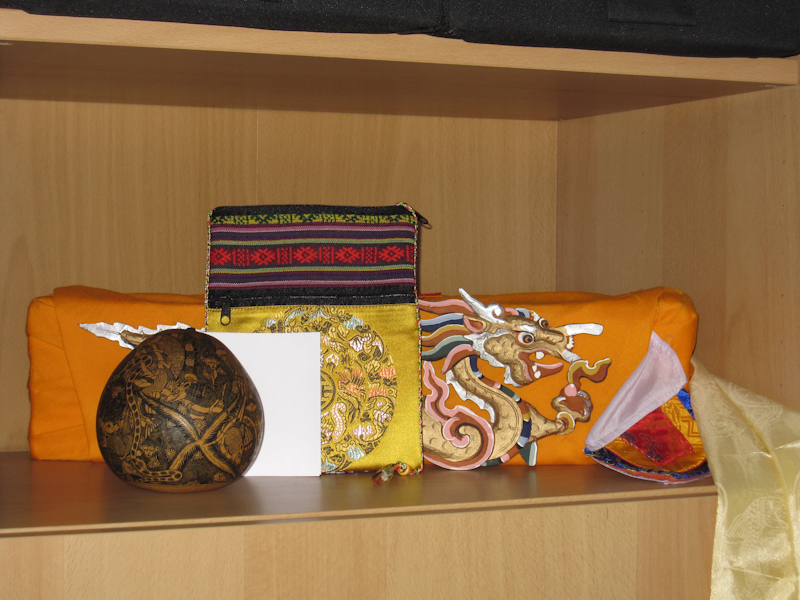
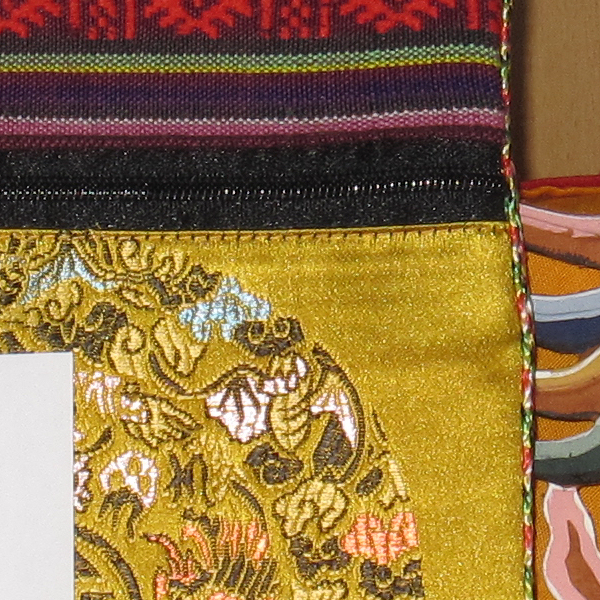
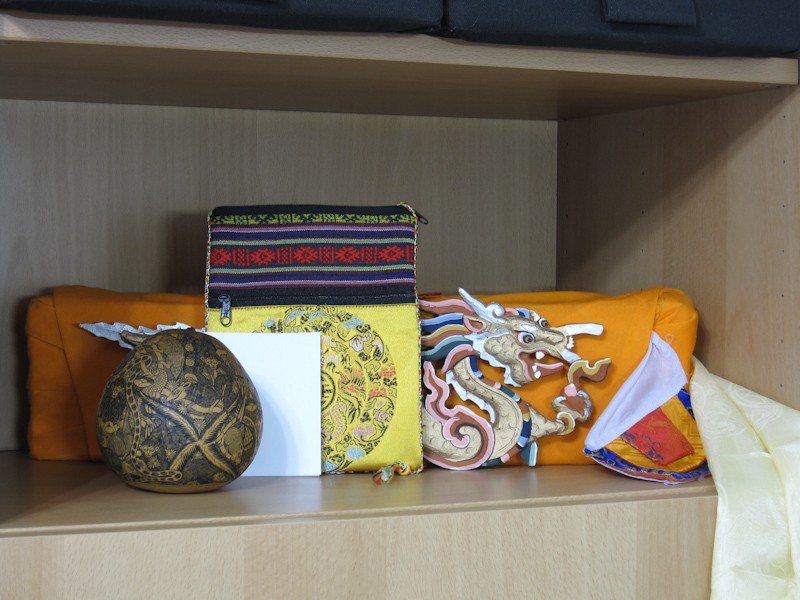
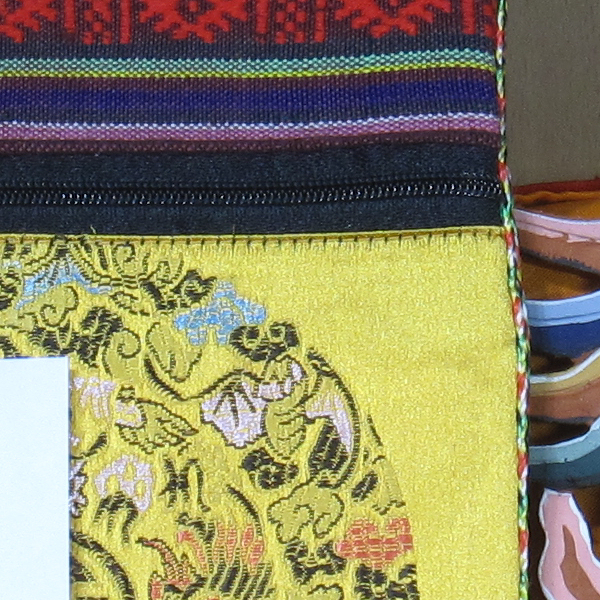
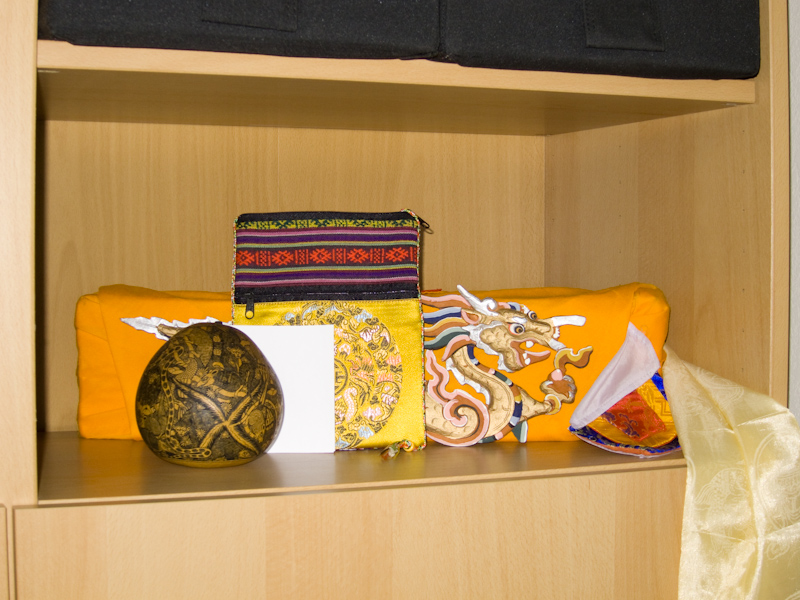
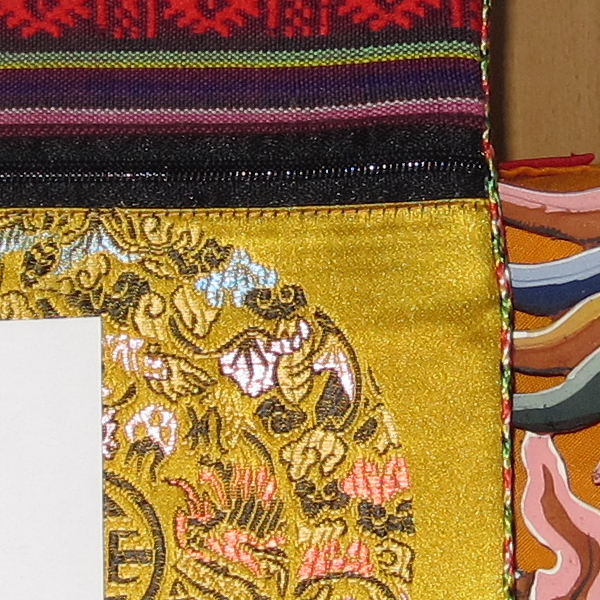
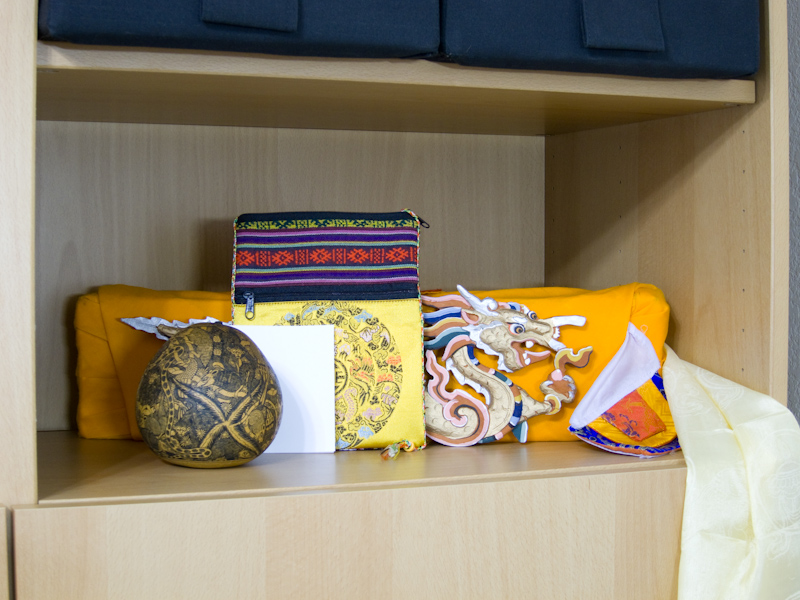
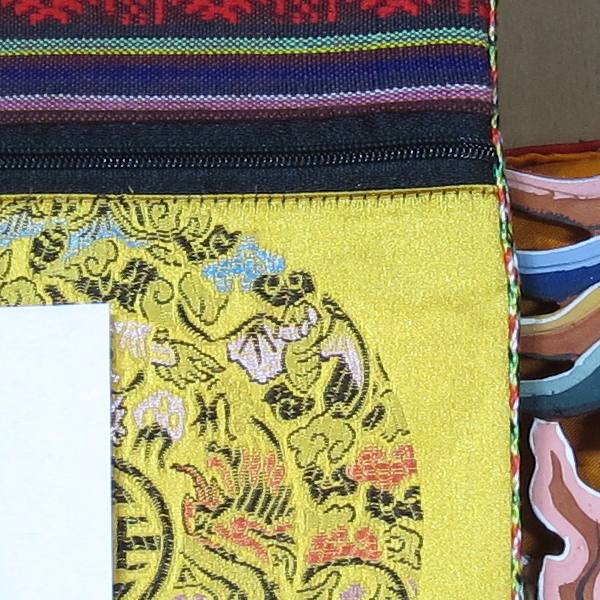
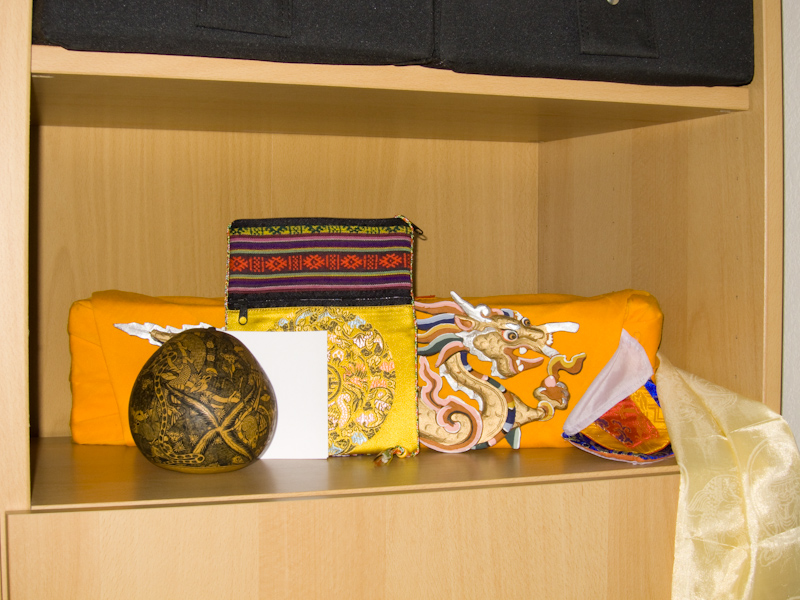
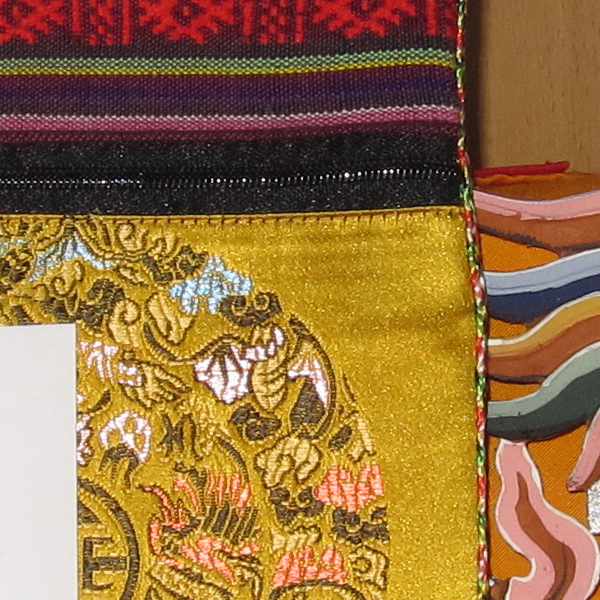
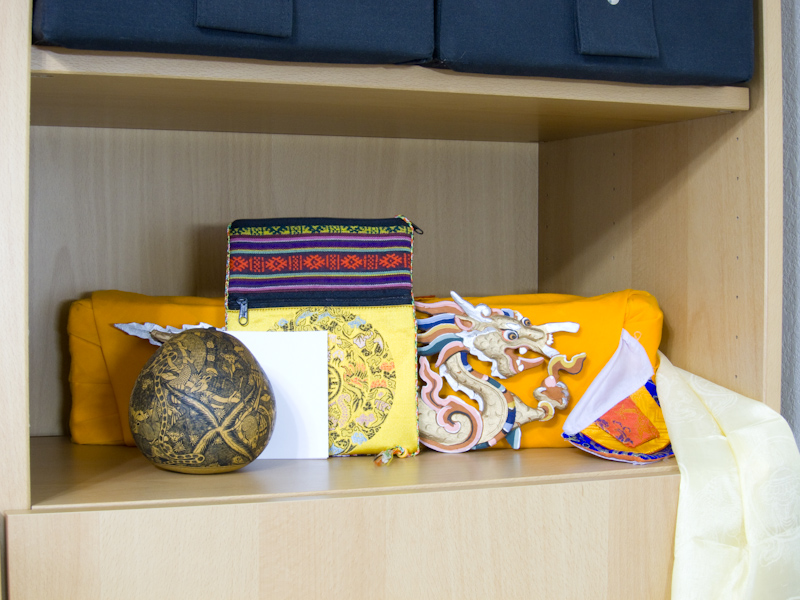
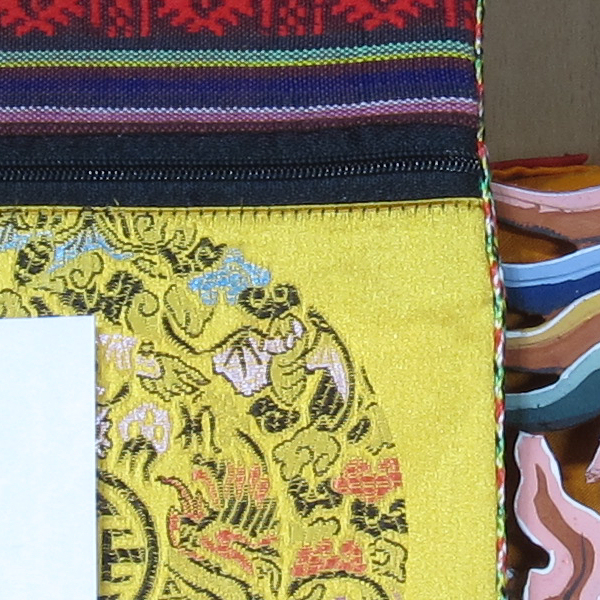
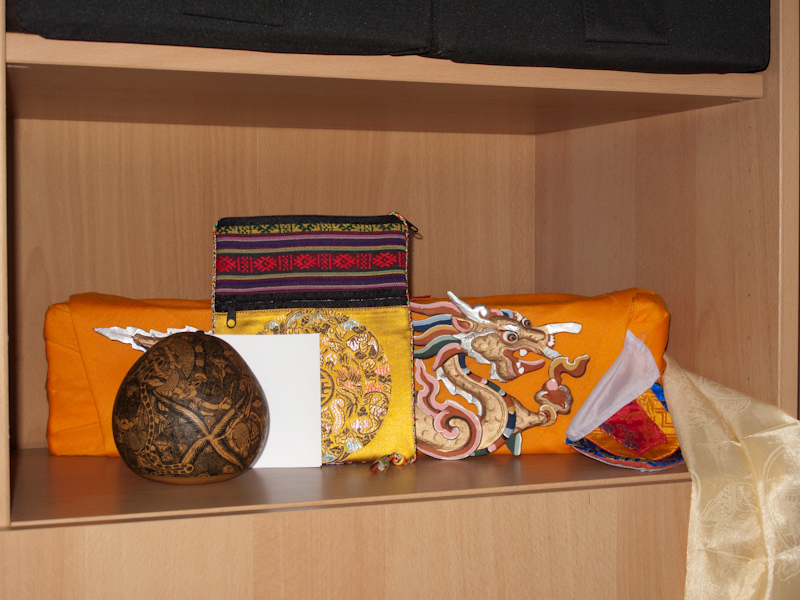
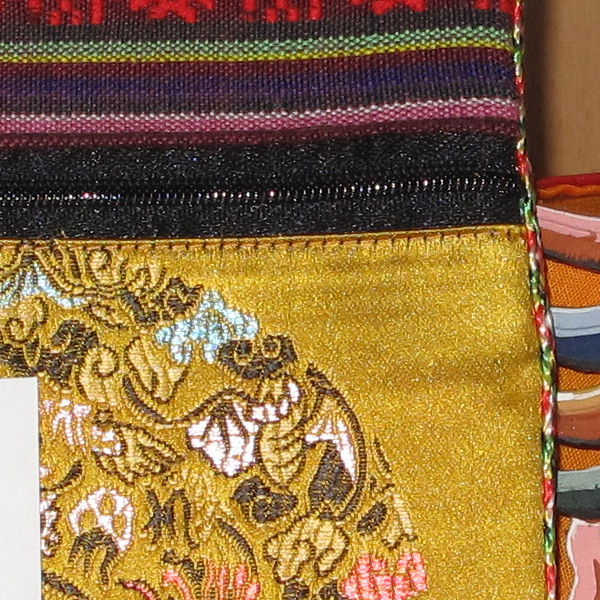
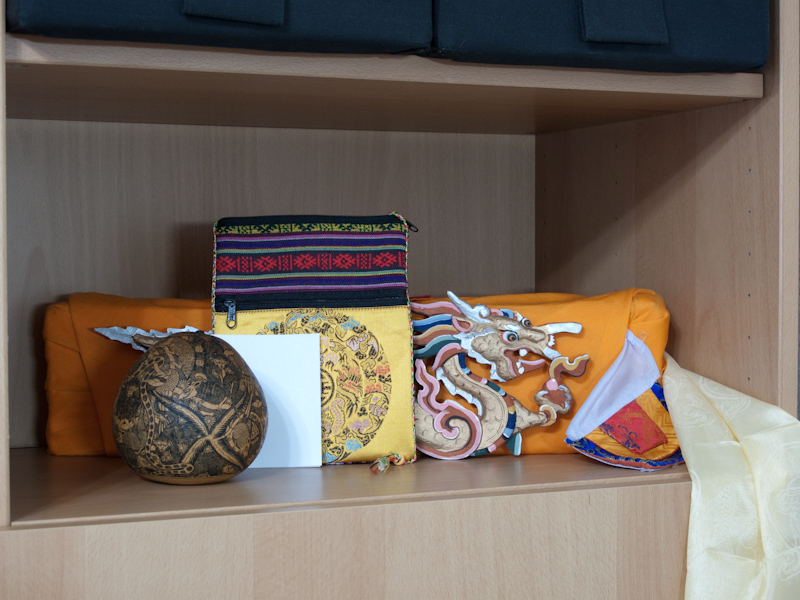
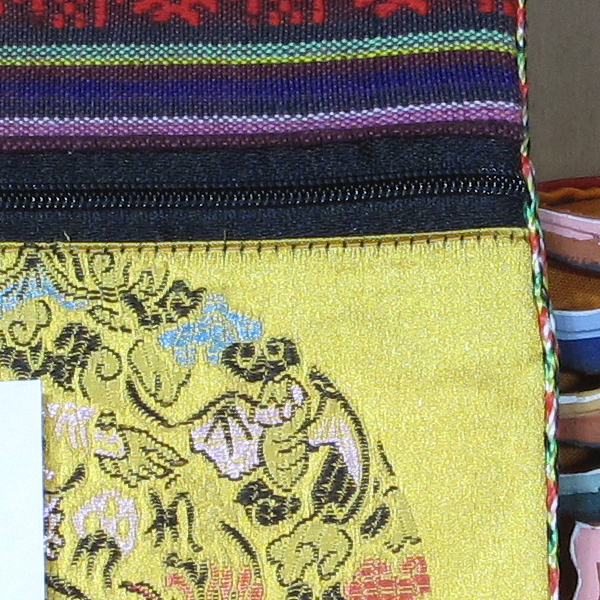
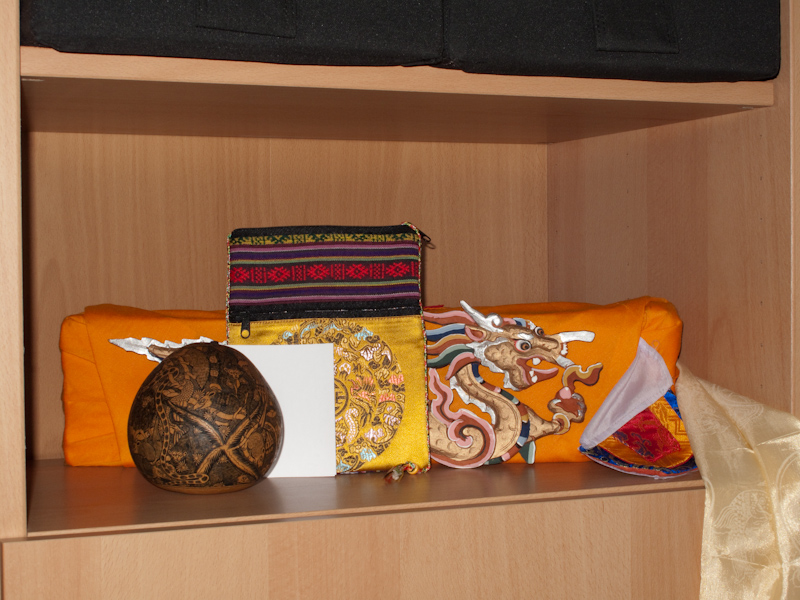
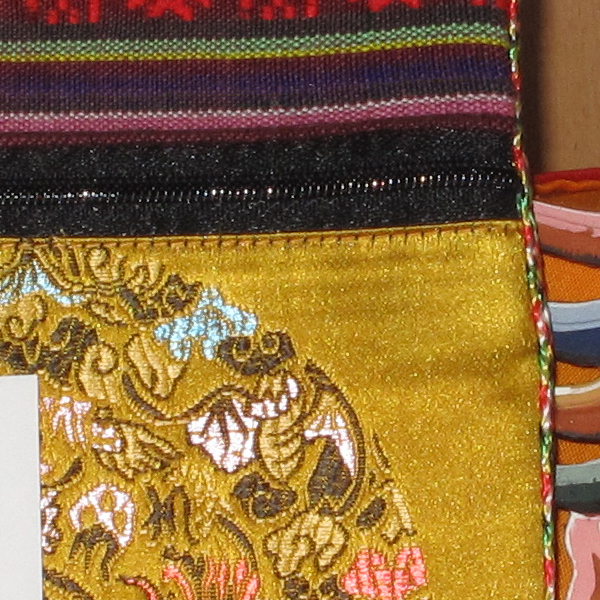
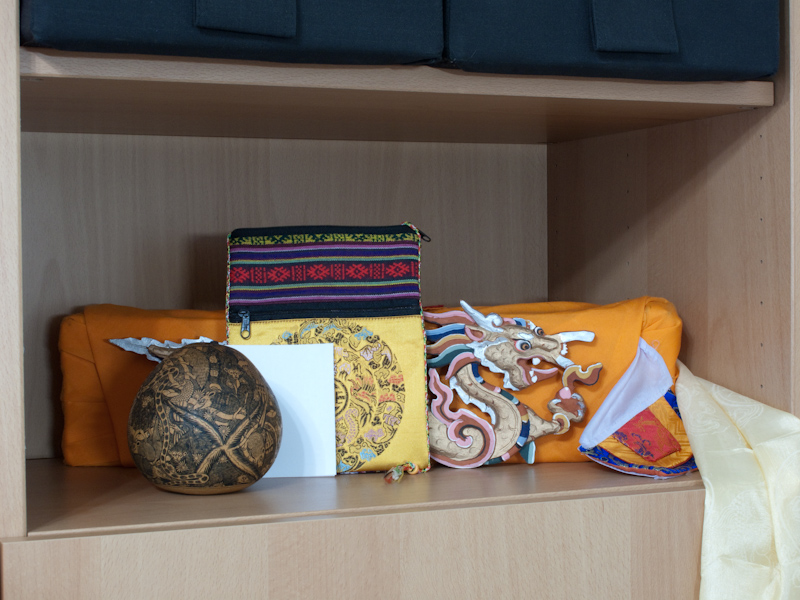
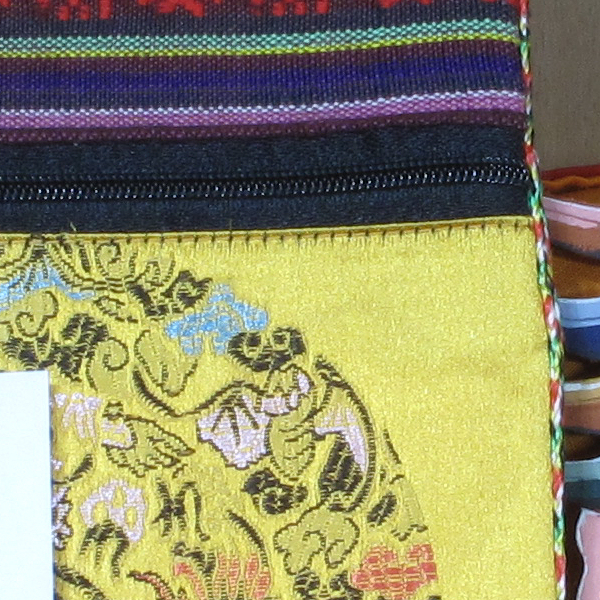
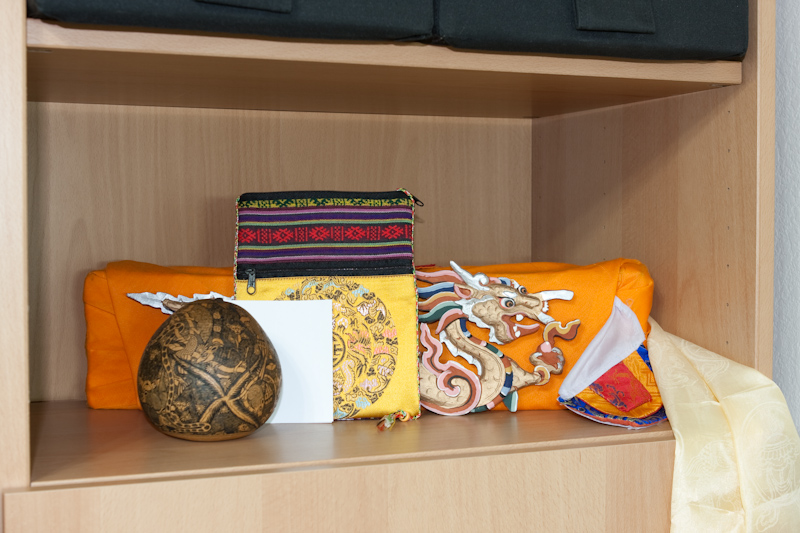
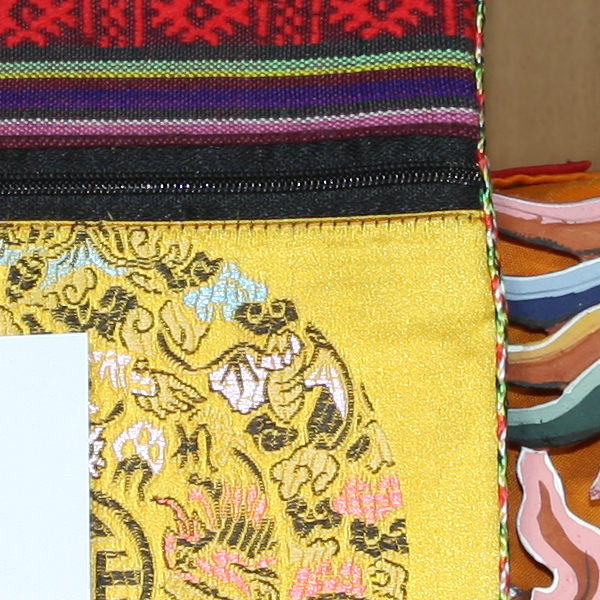
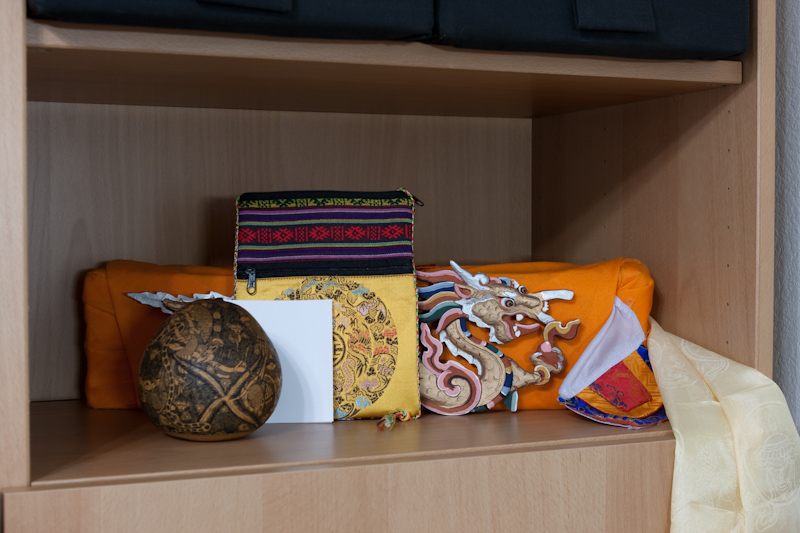
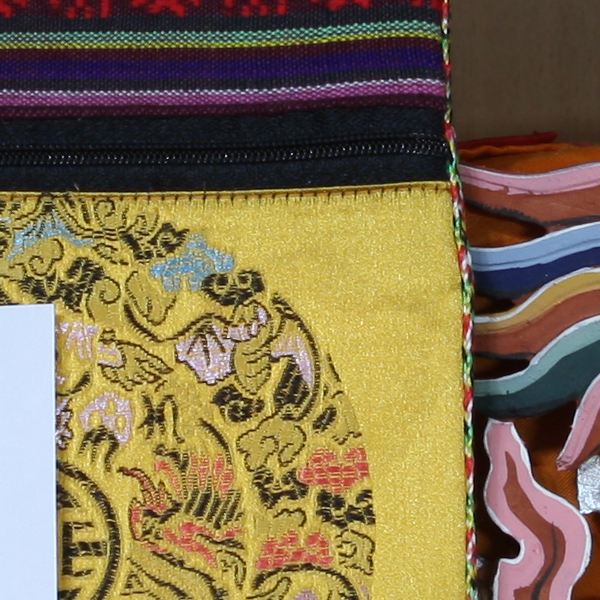
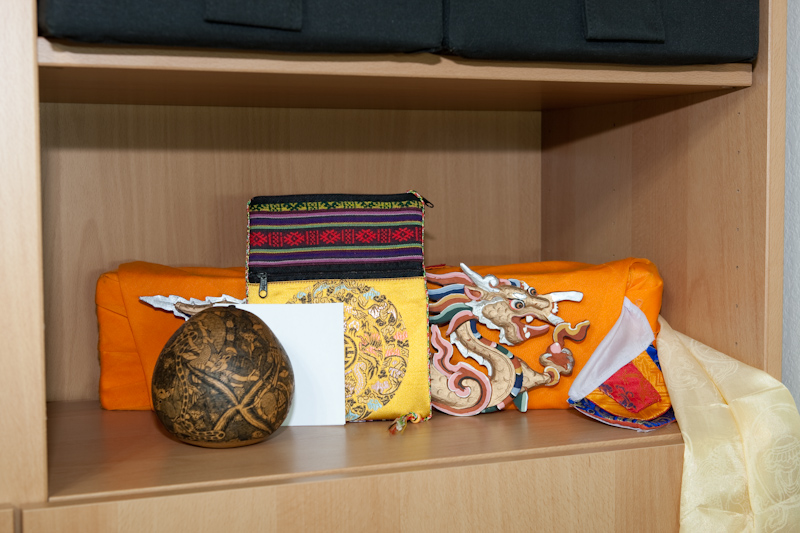
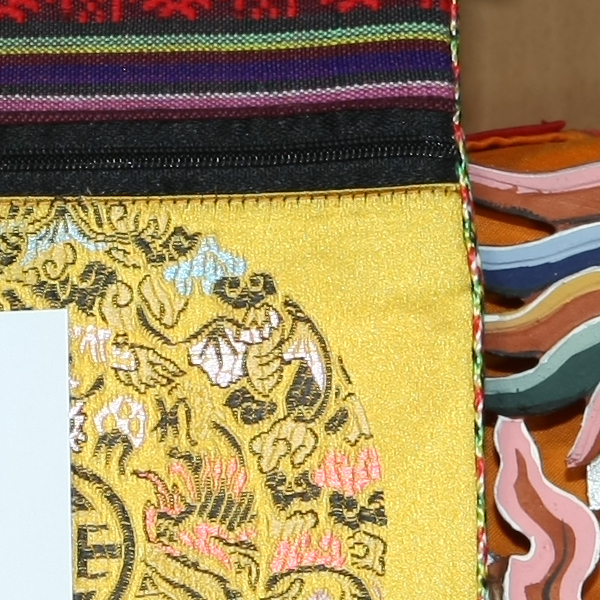
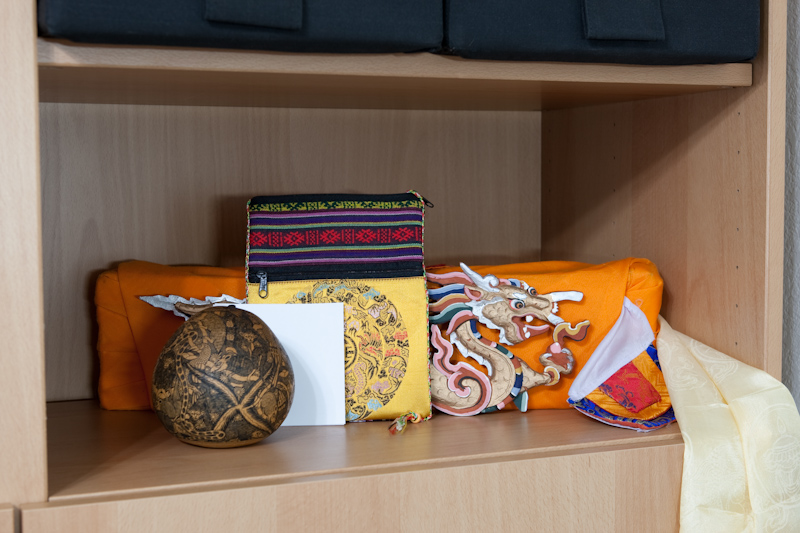
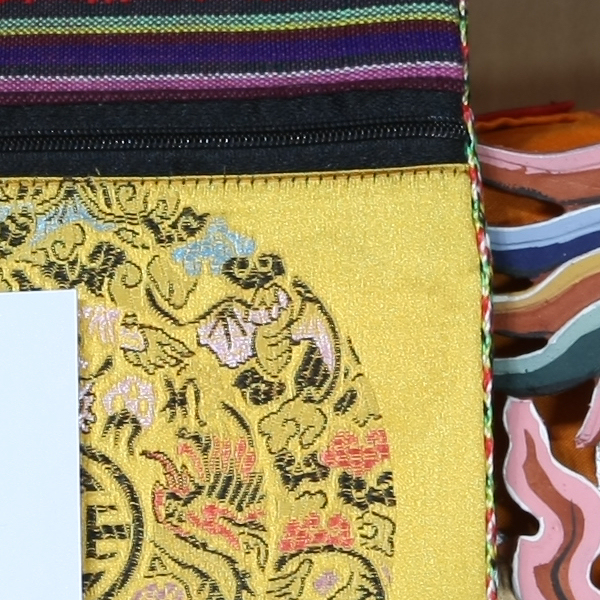
I like my G9, the Glock of pocket cameras — but I do miss the size of the more pocket-able S90. Nice review Doug!
i loved your comparison. i’ve been considering a purchase of the s90 and this was enlightening. thanks.
Thank you for the practical and helpful review. I expect to receive my new S90 today. I have been using a Nikon D80 and Sony Powershot DSC-W100 lately. Much less experience than you but at it since 1954. I started with a Rolleicord film camera. Most reviewers have suggested the S90 is a good choice for this size camera. My S5is has been on the shelf quite a bit lately. I shoot a lot of civic organization publicity shots that seldom offer optimum lighting or access to the subject.
Don,
After using the camera for several months, I’ve found it to be a good compact camera. Biggest weaknesses are noise at high ISO levels and barrel distortion at wide angle end of the zoom range. Both are common flaws in compact cameras, but you’ll need a good noise plug-in and to utilize Photoshop’s distortion correction or a similar feature in another program.
Doug